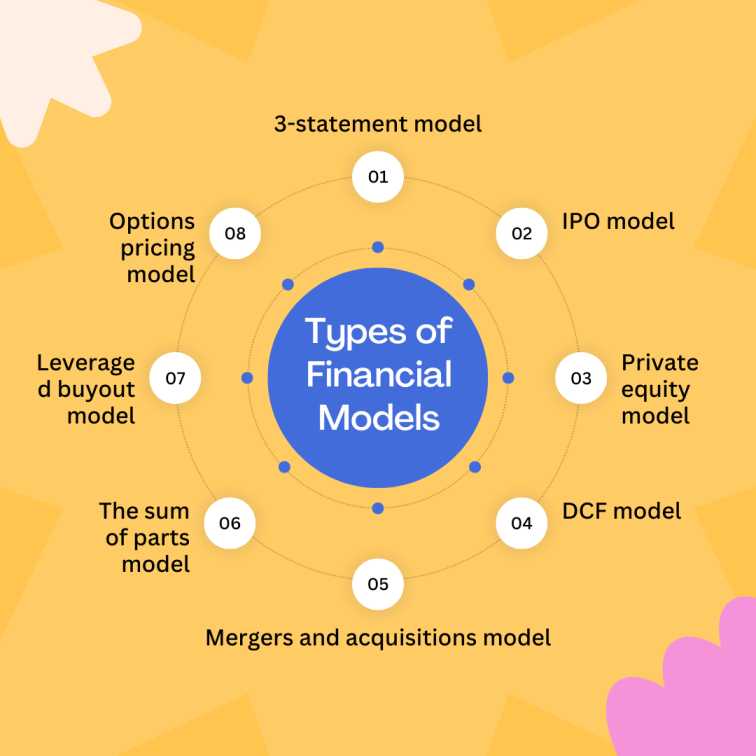AI has emerged as an innovative force in the disciplines of data analytics and data visualisation. This cutting-edge technology, distinguished by its ability to duplicate human cognitive functions transforms how businesses extract insights and display data.
AI in data analytics analyses massive amounts of data rapidly. It excels in detecting patterns, trends, and anomalies, allowing data scientists to make data-driven decisions with unrivalled precision.
AI-driven developments, on the other hand, enhance data visualisation. AI-powered technologies can generate dynamic and interactive visual representations of big datasets automatically. These technologies not only improve the visual appeal but also discover hidden insights by dynamically adapting to changing data.
AI is an invaluable catalyst in the transformation of data analytics and data visualisation, moving organisations towards improved efficiency, informed decision-making, and competitive advantage. If you are looking for AI ML training, keep reading to learn about various tools for data analytics and data visualisation.
AI for Data Analytics
Artificial intelligence algorithms excel in data processing and analysis with machine learning and deep learning. They can filter through enormous amounts of structured and unstructured data in the blink of an eye, discovering patterns, correlations, and outliers. This capacity enables data analysts to extract actionable insights and make educated decisions with previously unheard-of precision.
One of AI’s primary capabilities in data analytics is its capacity to adapt and learn spontaneously. AI models can improve themselves over time, honing their analytical skills as they encounter new data. In quickly changing situations, this agility guarantees that data-driven insights stay accurate and up to date.
The use of AI in data analytics improves productivity, accuracy, and the capacity to derive meaningful insights from data. In an increasingly data-centric world, it enables organisations to make data-driven decisions that promote development and competitiveness.
AI for Data Visualisations
By automating the development and modification of visualisations, AI algorithms have opened up fresh possibilities in data representation. Based on the underlying data, they may choose the best chart kinds, colour schemes, and layouts, improving the accessibility and comprehension of complicated information. This automation speeds up the visualisation production process while also ensuring consistency across different datasets.
AI also enhances data visualisation interaction, allowing users to explore deeper data sets and find nuanced patterns and insights. Users may question visualisations in plain English using Natural English Processing (NLP), converting static charts into responsive tools for real-time exploration.
AI transformed data visualisations from static to dynamic, predictive, and highly adaptable tools. In an increasingly data-driven world, the synergy between AI and data visualisations has propelled organisations towards improved data interpretation, decision-making, and competitive advantage.
Best AIs for Data Analytics and Visualisation
AI has given data analytics and visualisation new ways to optimise automation. They are:
1. RapidMiner
RapidMiner is a data science platform well-known for its flexibility. It enables users to easily do complex analytics, machine learning, and data preparation activities. RapidMiner helps organisations extract useful insights from their data with a user-friendly interface and a wide variety of data integration options, enabling data-driven decision-making and innovation.
2. Tableau
Tableau is a well-known data visualisation and business intelligence application. It enables businesses to turn complicated data into interactive, visually appealing dashboards and reports. Users easily analyse data using Tableau, obtaining actionable insights as a tool for informed decision-making. Its user-friendly design and powerful analytical capabilities make it a must-have for professionals in the business environment.
3. Polymer
Polymer is a potent AI tool that transforms data into a simplified, adaptable, and powerful database. Polymer, like other outstanding AI tools, does not require any code. The programme uses AI to analyse data and improve users’ comprehension of it. Polymer does all of this without requiring a lengthy onboarding procedure. All a user needs to do is submit their spreadsheet to the platform, which quickly converts it into a streamlined database that can then be analysed for insights.
4. DataRobot
DataRobot is a well-known automated machine learning platform enabling businesses to accelerate and simplify their data science activities. It uses complex algorithms to automate model construction, allowing users to quickly design and deploy machine learning models. With its simple user interface enables data professionals to leverage the potential of artificial intelligence for predictive analytics and data-driven decision-making.
5. Power BI
Developed by Microsoft, Power BI is a business intelligence and data visualisation software that enables users to connect through vivid data sources. It converts raw data into actionable insights and builds interactive reports. It is preferably used in businesses for analysing data and decision-making.
6. Talend
Talend, a prominent data integration and management software provider, offers complete data solutions to businesses. It allows for the seamless integration, transformation, and analysis of data across several platforms. Talend’s user-friendly interface and strong capabilities enable organisations to realise the full value of their data, enabling informed decision-making and operational efficiency.
7. IBM Watson Analytics
IBM Watson Analytics is a robust platform for data analysis and visualisation. It provides effective analytics tools enabling users to analyse data and make data-driven choices. Watson Analytics simplifies complicated data analysis to maximise the value of their data.
8. PyTorch
PyTorch is a deep-learning framework for machine-learning applications. It provides a flexible and dynamic computational graph, allowing for the efficient creation of neural networks. PyTorch is preferred for AI and deep learning applications among researchers and practitioners owing to its user-friendly interface, solid GPU acceleration support, and large community contributions.
9. KNIME
KNIME is a data analytics and machine learning platform, that enables organisations to handle, analyse, and visualise data more effectively. It helps data professionals build data workflows for a wide range of applications, making it an essential instrument for data-driven decision-making and advanced analytics.
10. Google Cloud AutoML
Google Cloud AutoML is a machine learning product that allows businesses to easily design and deploy unique machine learning models. It simplifies the ML model construction process, allowing users to easily leverage the endless possibilities of AI for a variety of applications ranging from image recognition to natural language processing.
Conclusion
By automating data processing, discovering insights, and dynamically constructing interactive visual representations, AI improves data analytics and data visualisation. It enables professionals to make data-driven decisions more effectively and identify hidden trends, revolutionising how businesses extract value from their data.
If you are looking for AI learning courses, check out Imarticus Learning’s Executive Programme in AI for Business.
This AI for executives course would upscale your skills in AI and machine learning, and would also help you become an influential business leader.
To know more, check out the website right away: https://imarticus.org/










